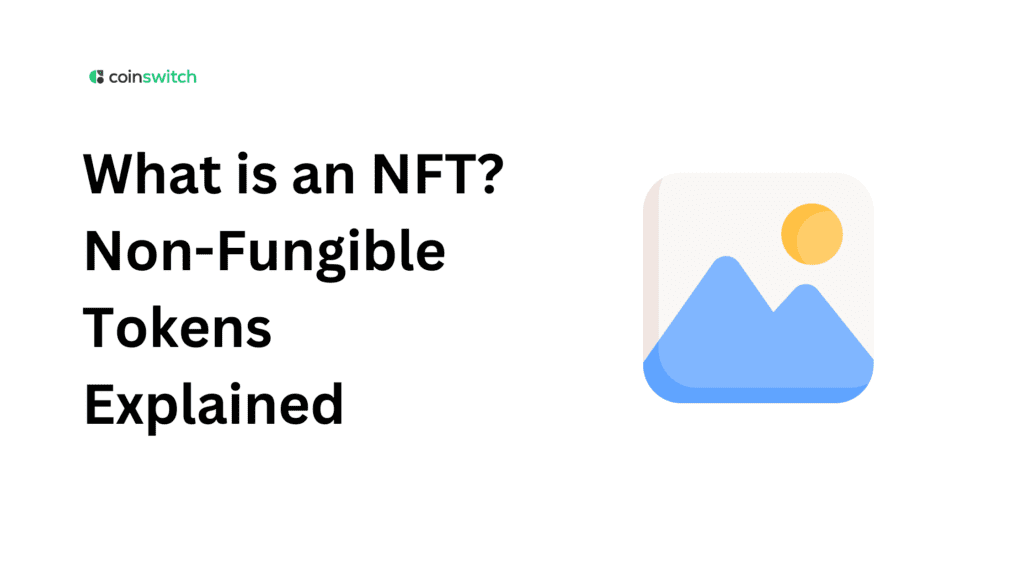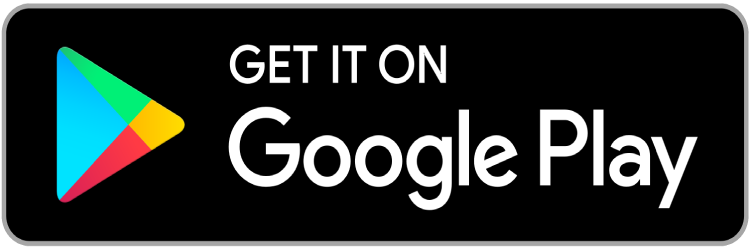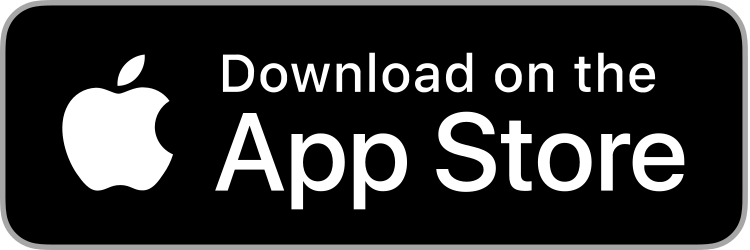You’ve probably seen a tweet about someone spending millions on a pixelated image. Maybe a friend tried explaining NFTs, and it went straight over your head. And you’re still wondering: what is NFT, really?
NFTs are everywhere. Digital art, in-game assets, VIP passes, music drops… all packaged as NFTs. But behind the buzzwords and headlines, there’s a legit innovation shaping how people own things on the Internet.
NFTs take digital stuff, things that usually float around without real ownership, and pin them down to a single name, timestamp, and wallet. It’s like attaching a deed to something that never had one. Here’s all you need to know about NFTs.
What does NFT stand for?
NFT stands for Non-Fungible Token. Let’s unpack that like you’re holding it in your hand.
Non-fungible just means “irreplaceable.” Unlike Bitcoin, which can be swapped for another Bitcoin without hesitation, an NFT is unique. It’s like owning the original painting, not a poster.
A token means it lives on a blockchain. It’s not just a file or a photo. It’s a chunk of verified code that tells the world, “This belongs to you.”
So when someone asks what an NFT is, the answer isn’t “a picture.” It’s a digital receipt that proves ownership of something that can’t be replicated, traded evenly, or copied with real value attached.
Its uniqueness, coded into a token, is tracked on-chain.
What are NFTs?
To begin with, a Non-Fungible Token (NFT) is a digital asset stored in a blockchain. Each NFT comes with its unique identification code and metadata. That is what makes them non-fungible—meaning, irreplaceable. So, while anyone can buy and sell it using cryptocurrencies, an NFT is hard or impossible to replicate.
NFTs are digital proof. That’s the simplest way to put it. They prove you own a specific digital thing, a piece of art, a video clip, an audio file, or even a plot of virtual land. You don’t just download it. You own it. And anyone can verify that on-chain.
Each NFT gets minted using a smart contract. That code lives on the blockchain and locks in key details such as creator, date, description, owner, and transaction history. Once it’s minted, the token becomes tradable, visible, and verifiable by anyone with an internet connection.
Some NFTs are part of big collections. Think 10,000-character drops like Bored Apes or Pudgy Penguins. Others are solo pieces made by digital artists, musicians, or builders.
The cool part? You can’t fake ownership. If it’s yours, it shows up in your wallet. If someone tries to copy it, the blockchain knows better.
NFT explained? It’s a token that proves you’re the real owner of a digital asset; no need to trust anyone else to vouch for it.
Why are NFTs important?
Here’s the thing about the internet: you can copy anything. Right-click, save, download, done. But owning something? That’s always been tricky. NFTs fix that.
They give digital content a unique identity. More importantly, they assign that identity to one person at a time, backed by the blockchain. That’s why NFTs matter. They unlock real ownership in a world built on screenshots.
Say you’re an artist. You upload a digital painting and mint it as an NFT. The token proves it came from your wallet, your smart contract, your moment of creation. Sell it? The new owner gets verifiable proof that their version is the real one. Everyone else just has a copy.
This isn’t just about art. Musicians use NFTs to release albums or VIP concert access. Athletes issue limited-edition digital merchandise. Some real estate platforms even tokenize property shares using NFTs.
Every NFT holds a story. A timestamp. A transaction trail. That record travels with it, transparent and permanent. And that’s what makes the technology game-changing.
It’s also a control shift. In Web2, platforms owned your stuff. In Web3, you do. NFTs let you move digital goods across platforms without losing your data, access, or audience.
And whether you trade, collect, flex, or build with them, NFTs make ownership portable, programmable, and public.
That’s why, when someone asks, “What is NFT?” or “Why are NFTs even a thing?” the real answer is: they give digital assets value, because they give them identity.
Understanding NFT ownership
Let’s get one thing straight: owning an NFT isn’t like downloading a file or bookmarking a URL. It’s deeper.
When you buy an NFT, what you actually hold is a token ID linked to your wallet address. This ID proves you’re the current owner of a unique digital asset. And that information gets recorded on the blockchain, forever.
The token doesn’t float in a cloud somewhere. It lives in your crypto wallet. The blockchain, whether it’s Ethereum, Solana, or Polygon, confirms and updates that ownership every time you buy, sell, or transfer the NFT.
Now here’s the twist. The artwork or asset itself, the image, video, or song, might sit on a different system like IPFS or a media server. But the token is your certificate. It says: you own the “real” one. No one else can claim that, even if they save a copy.
That ownership carries power. You can sell the NFT on a marketplace. You can showcase it in a gallery. You might even use it to unlock gated communities, games, or physical perks.
And all of that works because your wallet holds the proof, public, traceable, and verified through smart contracts.
A brief history of NFTs
NFTs didn’t just show up when Bored Apes hit Instagram. The history runs deeper, and it’s packed with nerdy, creative, and downright fascinating moments.
NFTs have been in existence since 2014. But they shot into prominence after a whopping $174 million worth of NFTs changed hands in 2017.
In 2017, CryptoPunks launched with 10,000 pixelated characters, each with different traits. They were quirky. Free to claim. And now they sell for six figures. That same year, CryptoKitties went viral. Digital cats. Breeding. Trading. The Ethereum network literally slowed down due to demand. It was the first time NFTs showed their potential to impact an entire blockchain.
Fast-forward to 2021. That’s when NFTs broke into pop culture. Beeple sold a digital collage for $69 million at Christie’s. NBA Top Shot turned dunks into collectibles. Celebrities minted personal projects. And marketplaces like OpenSea saw daily volumes in the hundreds of millions.
But the tech didn’t stop evolving. Now you’ve got on-chain music NFTs, generative art, interactive tokens, and identity-linked NFTs. Some act like keys. Others represent shares. Many sit at the intersection of utility, creativity, and community.
Read More: Bullish vs. Bearish: Key Differences and Crypto Trading Impact
How do NFTs work?
Behind every NFT is code. And that code, called a smart contract, is where the magic happens. When someone creates an NFT, they “mint” it through a smart contract on a blockchain. This contract generates a unique token ID and ties it to the creator’s wallet. It then stores metadata like the name, traits, media file link, and more.
Once minted, the NFT becomes a living thing on the blockchain. It can move from one wallet to another. It can be listed for sale. It can trigger other contracts. But no matter what happens, that token ID stays unique and traceable.
Ethereum is a leading blockchain for NFTs, thanks to its widely used ERC-721 and ERC-1155 standards. Other chains such as Solana, Polygon, Tezos, and Arbitrum also support NFTs with their own flavors of smart contracts.
So how does ownership change hands? Through transactions. When someone buys an NFT, the smart contract updates the token’s ownership and logs it permanently on-chain.
How to create an NFT
Creating an NFT isn’t just for devs or digital artists. These days, anyone with a file, a wallet, and a little curiosity can mint something of their own.
It starts with the content. A JPEG, a music track, a short video, a digital zine, a 3D sneaker design, whatever you want to tokenize. Once you have that ready, you choose your blockchain. Ethereum is the OG. Polygon is cheaper and greener. Solana is blazing fast.
Next comes the minting platform. You connect your wallet, like MetaMask or Phantom, to a marketplace like OpenSea, Rarible, Zora, or Magic Eden. Most platforms walk you through it: upload the file, fill out some details, set your royalties, and hit mint.
Boom. That’s it. You just created an NFT.
What happens in the background? A smart contract gets deployed. It gives your NFT a unique ID, writes it to the chain, and attaches all the metadata. From that moment, your token becomes visible to the world and tradable, if you want.
You can keep it, list it, transfer it, or use it to unlock access somewhere else.
So when someone asks you how NFTs are made, or just shrugs and goes “What is NFT minting, anyway?”, now you know. It’s a creative expression, made verifiable.
Read More: What Is a Convenience Fee on a Credit Card?
Securing and storing an NFT
Once you own an NFT, it doesn’t sit on your desktop or in your downloads folder. It resides in your crypto wallet.
That wallet, whether it’s hot (like MetaMask or Phantom) or cold (like Ledger or Trezor), holds the private keys that control your assets. Your NFTs show up in that wallet as unique tokens with verified metadata. Think of it like your personal vault for digital collectibles, assets, or flex pieces.
Most NFTs don’t store the actual image or file on-chain. Instead, they hold a link, usually to IPFS, a decentralized storage system. The blockchain stores the token and its metadata. The link connects the two. If you’re securing valuable NFTs, having control over your wallet and backups is everything.
You also get visibility. Anyone can look up your wallet on a blockchain explorer and see exactly which NFTs you hold. That transparency adds trust to the whole game. It also makes every NFT traceable, from mint to resale.
NFT transactions
NFTs don’t just sit pretty. They move. And when they move, it’s all on-chain.
You can list NFTs for sale on marketplaces like OpenSea, Blur, Magic Eden, or LooksRare. You set a price, hit approve, and sign the transaction with your wallet. The marketplace handles the rest.
Buyers browse listings, place bids, or snipe new drops. Once someone makes a purchase, the smart contract kicks in. Ownership updates. Wallet addresses change. And that entire swap gets written to the blockchain, permanently and publicly.
Some transactions go beyond simple buying and selling. You can run auctions. You can airdrop NFTs to fans. Some platforms let you stake NFTs or use them as collateral for loans.
And yes, royalties come baked in. Creators often earn a percentage on every resale automatically. That alone makes NFTs powerful for artists and builders looking for recurring revenue.
When people say “What is NFT trading like?” or “How do NFT transactions work?”, this is it. It’s fast. It’s transparent. It’s smart-contract-driven. And it turns every trade into a verified moment in time.
FAQs
1. What exactly is an NFT in simple terms?
An NFT is a one-of-a-kind digital certificate that proves ownership of a unique item like art, music, or collectibles on a blockchain.
2. Is an NFT a Bitcoin?
No, an NFT is a unique digital asset, while Bitcoin is a crypto asset.
3. What is an example of an NFT?
Examples include Bored Ape Yacht Club artwork, NBA Top Shot highlights, or music NFTs.








